Home>Garden Essentials>What Is Crop Rotation, And How Was It Important To The Cotton Farmers?
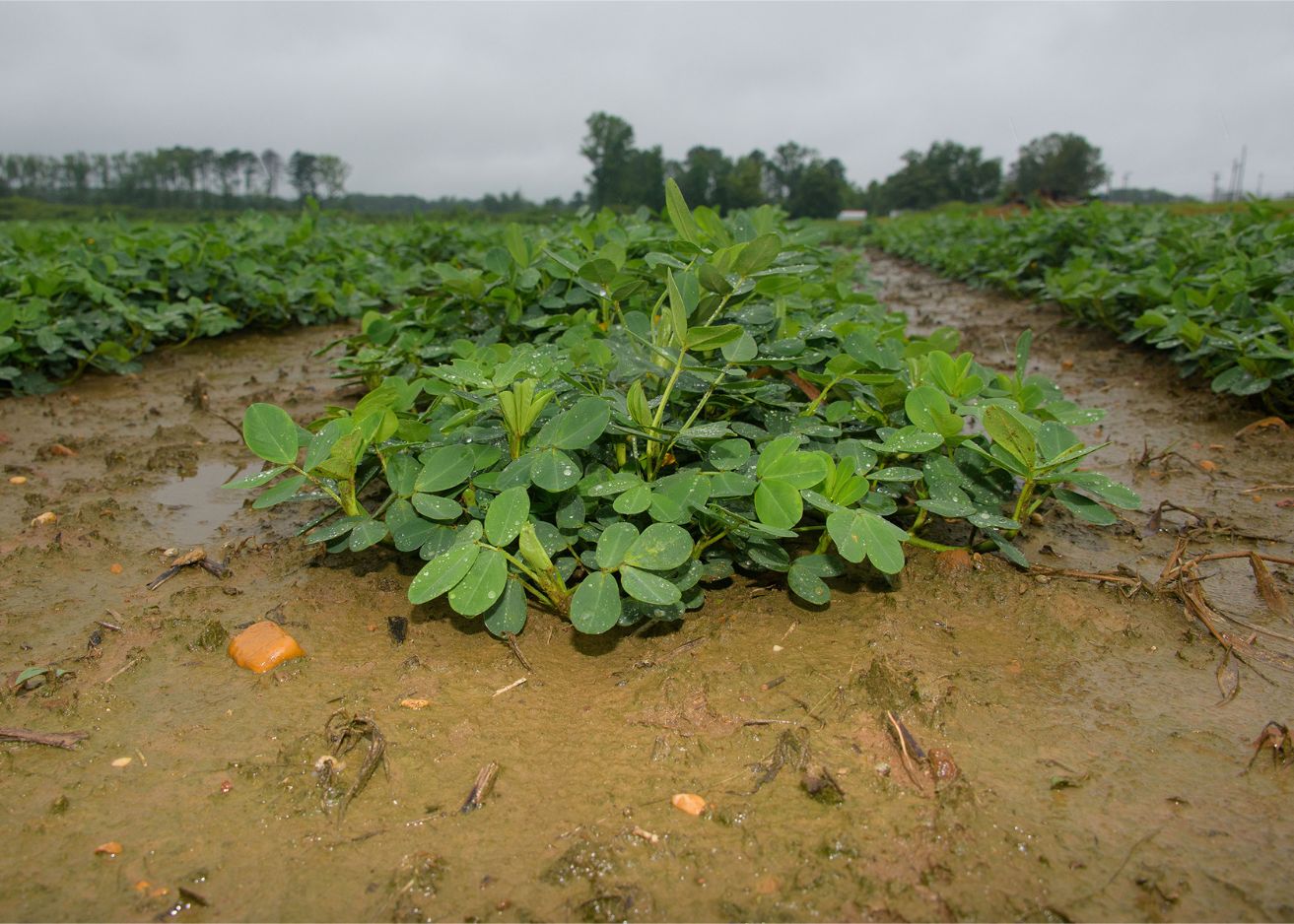

Garden Essentials
What Is Crop Rotation, And How Was It Important To The Cotton Farmers?
Modified: March 16, 2024
Discover the significance of crop rotation for cotton farmers and its impact on their gardens. Learn about the importance of this technique in maximizing yields and maintaining soil health.
(Many of the links in this article redirect to a specific reviewed product. Your purchase of these products through affiliate links helps to generate commission for Storables.com, at no extra cost. Learn more)
Introduction
Welcome to the fascinating world of crop rotation! In this article, we will explore the concept of crop rotation and its importance in the history of cotton farming. From its origin as a farming practice to its significance in improving soil health and increasing crop yields, we will delve into the benefits and techniques of crop rotation in the context of cotton farming.
Crop rotation is a time-honored agricultural technique that involves sequentially planting different crops in the same field over several seasons or years. It is based on the principle of diversification, where different crops are grown to minimize disease and pest infestations, optimize nutrient utilization, and break the cycle of pests and weeds.
In the historical context of cotton farming, crop rotation played a crucial role in sustaining the productivity and profitability of cotton farms. Cotton, a cash crop that was extensively cultivated in several regions, posed unique challenges due to its susceptibility to pests, diseases, and soil depletion. Farmers recognized the need for a sustainable agricultural practice that could counter these issues and long-term consequences.
By implementing crop rotation, cotton farmers were able to address these challenges effectively. They rotated cotton crops with other non-host crops, such as legumes or cereals, which provided various benefits both directly and indirectly.
Key Takeaways:
- Crop rotation helped cotton farmers by improving soil health, managing pests, and increasing yields. It involved planting different crops in a sequence to replenish nutrients and break pest cycles, leading to healthier and more profitable farms.
- Cotton farmers used diverse crops like legumes, cereals, and cover crops in rotation to promote soil fertility and reduce reliance on chemicals. Techniques like intercropping and cover cropping maximized benefits and overcame challenges for sustainable cotton farming.
Read more: Why Is Crop Rotation Important?
Definition of Crop Rotation
Crop rotation is a method of systematically changing the type of crops grown in a specific area over a defined period. It involves rotating sequences of crops rather than growing the same crop in the same field year after year. This practice aims to maintain or improve soil fertility, reduce diseases and pests, manage weeds, and optimize nutrient cycling.
The basic principle behind crop rotation is to diversify the types of plants grown in a particular area, taking advantage of the different characteristics of each crop. This helps break the life cycles of pests and diseases that are specific to certain crops, mitigating their impact on subsequent plantings.
Crop rotation also plays a vital role in soil management. Different crops have unique root systems and nutrient requirements. By rotating crops, farmers can ensure that the soil is not continuously depleted of specific nutrients. This allows for more efficient nutrient cycling, reducing the need for excessive fertilizer application over time.
Furthermore, crop rotation helps manage weeds by disrupting their growth cycles. By alternating crops with different growth habits and utilizing proper tillage practices, farmers can prevent the buildup of weed populations and decrease reliance on herbicides.
Overall, crop rotation promotes a balanced and sustainable approach to agriculture. It is a valuable tool for maintaining soil health, enhancing biodiversity, and reducing dependence on chemical inputs.
Now that we have a clear understanding of the concept of crop rotation, let’s delve into its historical context in cotton farming and explore its importance in this specific agricultural practice.
Historical Context of Cotton Farming
Cotton has a rich history as one of the most important cash crops in many regions around the world. Its cultivation dates back thousands of years, with evidence of cotton fibers being spun and woven as early as 5000 BC in ancient civilizations such as Mesopotamia and the Indus Valley.
During the 18th and 19th centuries, cotton production experienced a significant boom, particularly in the southern United States. This period, known as the Cotton Gin Era, saw a massive expansion of cotton farms and the establishment of plantations. The invention of the cotton gin, which mechanized the process of separating cotton fibers from seeds, revolutionized the industry and increased production demands.
However, cotton farming posed significant challenges. Continuous cultivation of cotton on the same land led to the depletion of nutrients, soil erosion, and the build-up of pests and diseases. As a result, yields declined, and farmers incurred heavy losses.
To combat these issues, cotton farmers turned to crop rotation. They discovered that by alternating cotton crops with other crops, they could replenish the soil, manage pest infestations, and improve overall crop health. Cotton farmers implemented various crop rotation strategies to maximize the benefits and mitigate the challenges of cotton farming.
Understanding the historical context of cotton farming helps us appreciate the need for effective agricultural practices like crop rotation. Now, let’s explore the importance of crop rotation and how it revolutionized cotton farming.
Importance of Crop Rotation for Cotton Farmers
Crop rotation played a vital role in the success and sustainability of cotton farming. Its importance for cotton farmers can be attributed to several key factors:
1. Soil Health: Cotton is known to be a high-demand crop that depletes soil nutrients. Continuous cotton cultivation leads to imbalanced nutrient levels and reduces soil fertility. Crop rotation allows cotton farmers to break the cycle by introducing other crops that replenish soil nutrients and enhance its health. Legumes, for example, are commonly used in rotation due to their ability to fix nitrogen into the soil, benefiting subsequent cotton crops.
2. Disease and Pest Management: Cotton is susceptible to various diseases and pests, such as boll weevils and cotton root rot. Planting cotton in the same field year after year increases the risk of disease and pest build-up. By implementing crop rotation, cotton farmers can interrupt the life cycles of pests and reduce the incidence of diseases. For instance, alternating cotton with crops like corn or soybeans can help manage pest populations and break disease cycles.
3. Weed Control: Weeds compete with cotton plants for resources, reducing yields. Continuous cotton cultivation allows weeds to adapt and become more resilient. Crop rotation disrupts their growth cycles and provides an opportunity for weed control. Different crops require different weed management techniques, reducing the reliance on herbicides and promoting more sustainable weed control practices.
4. Improved Yields and Profitability: By maintaining soil fertility, managing pests and diseases, and controlling weeds, crop rotation significantly improves cotton yields. Healthy soil and reduced pest pressure lead to healthier and more vigorous cotton plants, resulting in increased productivity and profitability for cotton farmers.
5. Environmental Sustainability: Crop rotation fosters biodiversity and reduces the need for synthetic fertilizers and pesticides. It promotes a more sustainable and environmentally friendly approach to cotton farming by reducing chemical inputs, preserving beneficial organisms, and minimizing soil erosion.
Overall, the importance of crop rotation for cotton farmers cannot be overstated. By implementing this practice, cotton farmers can overcome the challenges posed by continuous cotton cultivation, improve their harvests, and ensure the long-term sustainability of their farms.
Now, let’s explore the specific benefits and types of crops used in crop rotation for cotton farming.
Benefits of Crop Rotation in Cotton Farming
Crop rotation offers numerous benefits to cotton farmers, promoting soil health, reducing pests and diseases, and enhancing overall crop productivity. Let’s explore some of the key advantages:
1. Soil Fertility and Nutrient Management: One of the primary benefits of crop rotation is the improvement of soil fertility. By rotating crops, cotton farmers can break the cycle of nutrient depletion caused by continuous cotton cultivation. Different crops have varying nutrient requirements and root systems, which help restore balance to the soil. Legumes, for example, fix atmospheric nitrogen into the soil, enhancing its fertility for subsequent cotton crops.
2. Pest and Disease Management: Crop rotation is an effective strategy to manage pests and diseases in cotton farming. By alternating cotton with different crops, farmers disrupt the life cycles of pests and reduce the risk of disease outbreaks. This practice minimizes the buildup of specific pests and diseases that are specific to cotton, leading to healthier plants and increased yields.
3. Weed Control: Another significant benefit of crop rotation is weed control. Different crops have different growth habits and compete with weeds in varying ways. By rotating crops, farmers can use different weed management techniques, reducing weed pressures and minimizing the need for herbicides. This approach helps conserve soil moisture, nutrients, and overall crop health.
4. Enhanced Soil Structure and Water Management: Crop rotation improves soil structure by diversifying root systems. Crops with deep taproots, such as corn or sunflowers, help break up compacted soil layers, improving drainage and water infiltration. This allows for better water management and reduces the risk of soil erosion and nutrient leaching.
5. Biodiversity and Environmental Sustainability: Crop rotation fosters biodiversity on the farm, promoting a healthier ecosystem. By introducing a variety of crops, farmers provide habitat and food sources for beneficial insects, birds, and microorganisms. This helps maintain a balanced and sustainable agricultural system, reducing the reliance on synthetic inputs and enhancing natural pest control mechanisms.
Ultimately, the benefits of crop rotation in cotton farming contribute to increased yields, improved soil health, reduced reliance on chemicals, and the long-term sustainability of cotton farms. By implementing crop rotation, farmers can optimize their cotton production and enhance the overall agricultural landscape.
Now that we understand the benefits of crop rotation, let’s explore the types of crops commonly used in rotation for cotton farming.
Tip: Crop rotation is the practice of growing different crops in the same area in sequential seasons to improve soil health and reduce pests. For cotton farmers, rotating with legumes like soybeans can help replenish soil nutrients and control pests.
Read more: Why Crop Rotation Is Important
Types of Crops Used in Crop Rotation for Cotton Farming
Cotton farmers employ various types of crops in their crop rotation strategies to maximize the benefits and improve the overall health of their farms. The selection of crops depends on factors such as climate, soil type, regional preferences, and specific farm goals. Here are some commonly used crops in crop rotation for cotton farming:
1. Legumes: Legumes, such as soybeans, peanuts, and clover, are commonly included in crop rotation for cotton farming. Legumes have the ability to fix atmospheric nitrogen into the soil through symbiotic relationships with nitrogen-fixing bacteria. This increases soil fertility and provides a readily available nitrogen source for subsequent cotton crops.
2. Cereals: Cereal crops like corn, wheat, and barley are often used in rotation with cotton. These crops have deep root systems that help break up compacted soil, improve soil structure, and enhance water infiltration. Additionally, cereals add organic matter to the soil when their residues decompose, further improving soil health.
3. Oilseeds: Oilseed crops, such as sunflowers and canola, provide multiple benefits in crop rotation for cotton farming. They help diversify the crop cycle, suppress weeds, improve soil structure, and enhance nutrient cycling. Oilseed crops also have economic value, as their seeds can be used for oil extraction or animal feed.
4. Cover Crops: Cover crops are an essential part of sustainable agriculture and crop rotation practices. They are grown primarily to protect and improve the soil between cash crops. Common cover crops used in cotton farming include rye, oats, vetch, and clover. Cover crops help prevent soil erosion, suppress weeds, increase organic matter content, and promote beneficial soil microorganisms.
5. Vegetables and Fruits: Depending on the region and market demands, cotton farmers may incorporate vegetable or fruit crops into their crop rotation. These crops add economic diversity to the farm and have specific advantages, such as high market value and potential for direct sales.
6. Forage Crops: Forage crops, such as alfalfa or Bermuda grass, can be included in crop rotation for livestock operations associated with cotton farms. These crops provide feed for grazing animals and contribute to the overall nutrient cycling and sustainability of the farm system.
The selection and combination of crops in rotation depend on several factors, including crop compatibility, soil health goals, pest and disease management, and market opportunities. Cotton farmers work closely with agronomists and agricultural extension services to develop rotation plans that suit their specific needs and optimize their farming practices.
Now that we have explored the types of crops used in crop rotation, let’s dive into the various techniques employed by cotton farmers to implement effective crop rotation strategies.
Crop Rotation Techniques Utilized by Cotton Farmers
Cotton farmers employ various techniques to implement effective crop rotation strategies. These techniques are tailored to their specific farming systems, regional conditions, and individual goals. Here are some common crop rotation techniques utilized by cotton farmers:
1. Sequential Rotation: Sequential rotation involves a simple rotation cycle where different crops are grown in a specific order over a defined period. For example, a cotton farmer may follow a sequence of cotton, followed by peanuts, followed by corn. This technique allows for a systematic rotation plan that addresses specific soil health, nutrient management, and pest control objectives.
2. Three-Field Rotation: The three-field rotation technique involves dividing the farming area into three sections or fields. Each field is allocated for a specific crop in a rotating sequence. For instance, in the first year, one field may be planted with cotton, the second year with legumes like soybeans, and the third year with a cereal crop like corn. This technique helps break pest and disease cycles, improves soil health, and reduces weed pressure.
3. Multi-Year Crop Rotation: In a multi-year crop rotation, farmers extend the rotation cycle beyond three years, allowing for a more extended rotation sequence. This technique enhances long-term soil health and promotes biodiversity. For example, a cotton farmer might implement a seven-year rotation plan, including crops like cotton, legumes, cereals, oilseeds, and cover crops.
4. Intercropping: Intercropping involves planting two or more crops in the same field simultaneously. Cotton farmers may intercrop cotton with compatible crops, such as legumes or forage crops. This technique maximizes the use of space, enhances soil health, improves weed control, and can even provide additional income from multiple crops.
5. Alley Cropping: Alley cropping is a technique where wide rows of trees or shrubs are planted alongside the main crop. Cotton farmers may incorporate alley cropping by planting rows of trees or shrubs between cotton rows. This technique provides shade, reduces evaporation, mitigates wind erosion, and offers additional benefits like fruit production or nutrient cycling from the trees.
6. Cover Cropping: Cover cropping involves sowing specific crops during the fallow period when the main cash crop is not planted. Cotton farmers utilize cover crops like clover, rye, or vetch to protect the soil, prevent erosion, suppress weeds, and improve soil health. These cover crops can be terminated before the cotton planting season or incorporated into the soil as green manure.
Each of these crop rotation techniques has its benefits and limitations, and cotton farmers adapt them according to their specific needs and goals. The key is to maintain the diversity of crops, optimize soil health, manage pests and diseases effectively, and improve overall farm sustainability.
Now that we have explored the various crop rotation techniques utilized by cotton farmers, let’s discuss some of the challenges and limitations associated with crop rotation in cotton farming.
Challenges and Limitations of Crop Rotation in Cotton Farming
While crop rotation offers significant benefits to cotton farmers, it is not without its challenges and limitations. Understanding and addressing these challenges is crucial for implementing successful crop rotation strategies in cotton farming. Here are some of the main challenges and limitations:
1. Limited Crop Options: Cotton farmers face constraints in selecting crops for rotation due to factors such as climate, soil conditions, market demand, and infrastructure. In some regions, the range of suitable rotation crops may be limited, making it challenging to diversify the crop cycle effectively.
2. Pest and Disease Adaptation: Pests and diseases have the ability to adapt to different crops over time, reducing the effectiveness of crop rotation. Some pests may feed on multiple crops, making it difficult to fully break their life cycles. Continuous surveillance, integrated pest management strategies, and continued research are necessary to address this challenge.
3. Crop-Specific Challenges: Each crop in the rotation has its own set of challenges and management requirements. For example, legumes may be prone to specific diseases, while cereals may require additional inputs such as fertilizers. Proper planning and knowledge of each rotation crop’s characteristics are essential to mitigate crop-specific challenges.
4. Operational and Equipment Constraints: Implementing effective crop rotation may require adjustments to farming practices and equipment. For instance, different crops may require specific planting and harvesting equipment or different irrigation methods. Farmers may face challenges in adapting their operations to accommodate multiple crops and their associated requirements.
5. Transition Period: Implementing a crop rotation plan often involves a transition period where yields may temporarily decrease as the soil adjusts to new crops and management practices. During this period, farmers need to be patient and understand that long-term benefits will outweigh short-term yield fluctuations.
6. Market and Financial Considerations: Crop rotation may impact the marketability and profitability of crops. Some rotation crops might have lower market value or higher production costs, affecting the overall economic viability of the farming operation. Farmers need to carefully assess market demand, input costs, and financial implications when selecting rotation crops.
7. Knowledge and Planning: Implementing successful crop rotation strategies requires knowledge, planning, and continuous learning. Farmers need to stay updated on the latest research, best practices, and local conditions to effectively manage rotations and address challenges as they arise.
Despite these challenges and limitations, crop rotation remains a valuable tool for sustainable cotton farming. By understanding and addressing these challenges, cotton farmers can optimize their crop rotation strategies and enhance the overall health and productivity of their farms.
Now, let’s conclude our exploration of crop rotation in cotton farming.
Conclusion
In conclusion, crop rotation plays a crucial role in the history and success of cotton farming. It is an essential practice employed by cotton farmers to improve soil health, manage pests and diseases, enhance crop productivity, and promote long-term sustainability. By diversifying the types of crops grown in a field over a defined period, cotton farmers can reap a multitude of benefits.
Crop rotation helps maintain soil fertility by replenishing nutrients and preventing their depletion. It breaks pest and disease cycles, reduces weed pressures, and minimizes the reliance on synthetic inputs. Through crop rotation, cotton farmers can enhance environmental sustainability, promote biodiversity, and mitigate the negative impacts of continuous cotton cultivation.
Various crops are utilized in crop rotation for cotton farming, including legumes, cereals, oilseeds, cover crops, and even vegetables and fruits. Each crop brings unique advantages, contributing to soil health, ecosystem diversity, and overall farm profitability.
Cotton farmers employ different crop rotation techniques, such as sequential rotation, three-field rotation, intercropping, alley cropping, and cover cropping, to maximize the benefits and overcome the challenges associated with cotton farming. These techniques allow farmers to tailor their rotation plans to specific goals, address soil health concerns, and optimize resource management.
Although crop rotation in cotton farming presents challenges and limitations, such as limited crop options, pest adaptation, and operational constraints, proactive planning, ongoing research, and knowledge sharing can help overcome these obstacles. Farmers need to carefully consider market demands, financial implications, and crop-specific challenges when implementing effective crop rotation strategies.
In summary, crop rotation is a valuable practice that not only improves the sustainability and profitability of cotton farming but also contributes to overall agricultural resilience. By embracing the principles of diversification and soil stewardship, cotton farmers can ensure the long-term health and productivity of their farms, while also benefiting the environment and future generations.
So, let’s recognize the significance of crop rotation in cotton farming and its potential to revolutionize agricultural practices for a more sustainable and resilient future.
Frequently Asked Questions about What Is Crop Rotation, And How Was It Important To The Cotton Farmers?
Was this page helpful?
At Storables.com, we guarantee accurate and reliable information. Our content, validated by Expert Board Contributors, is crafted following stringent Editorial Policies. We're committed to providing you with well-researched, expert-backed insights for all your informational needs.
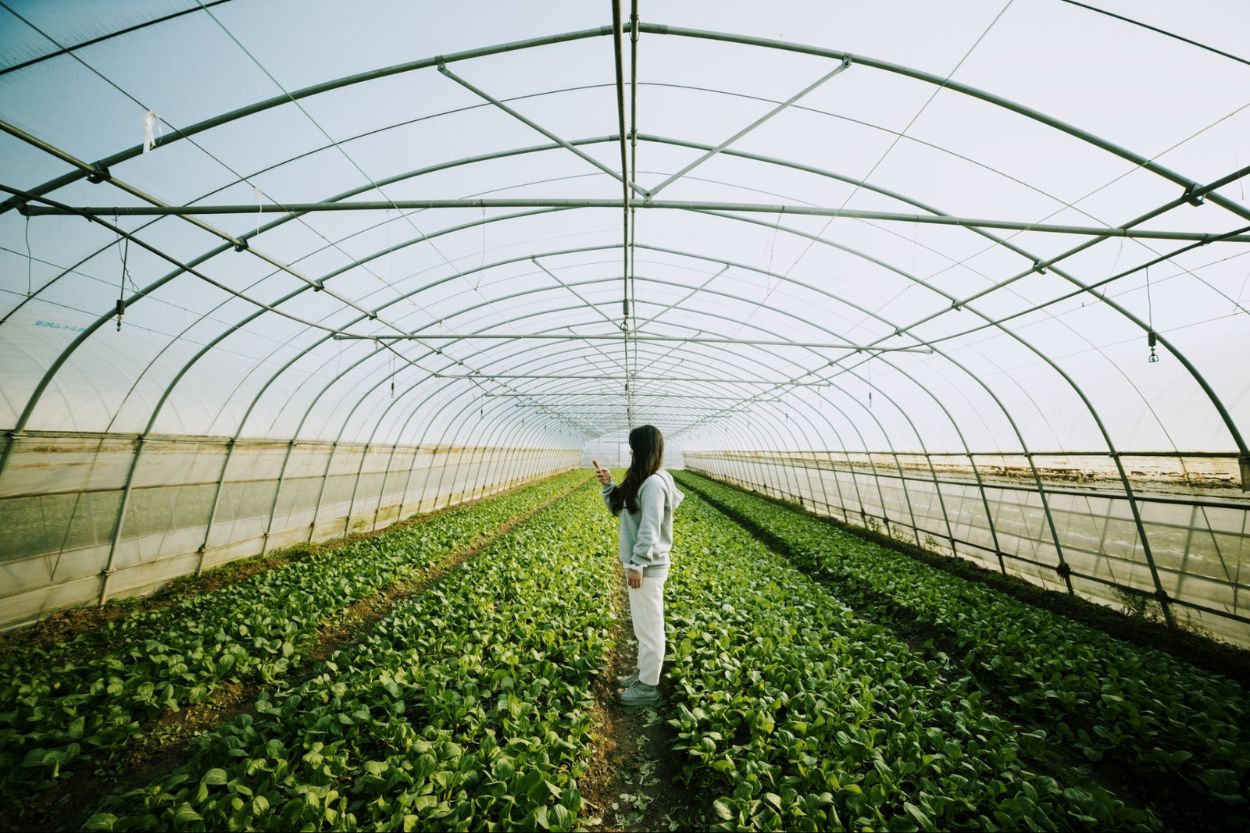
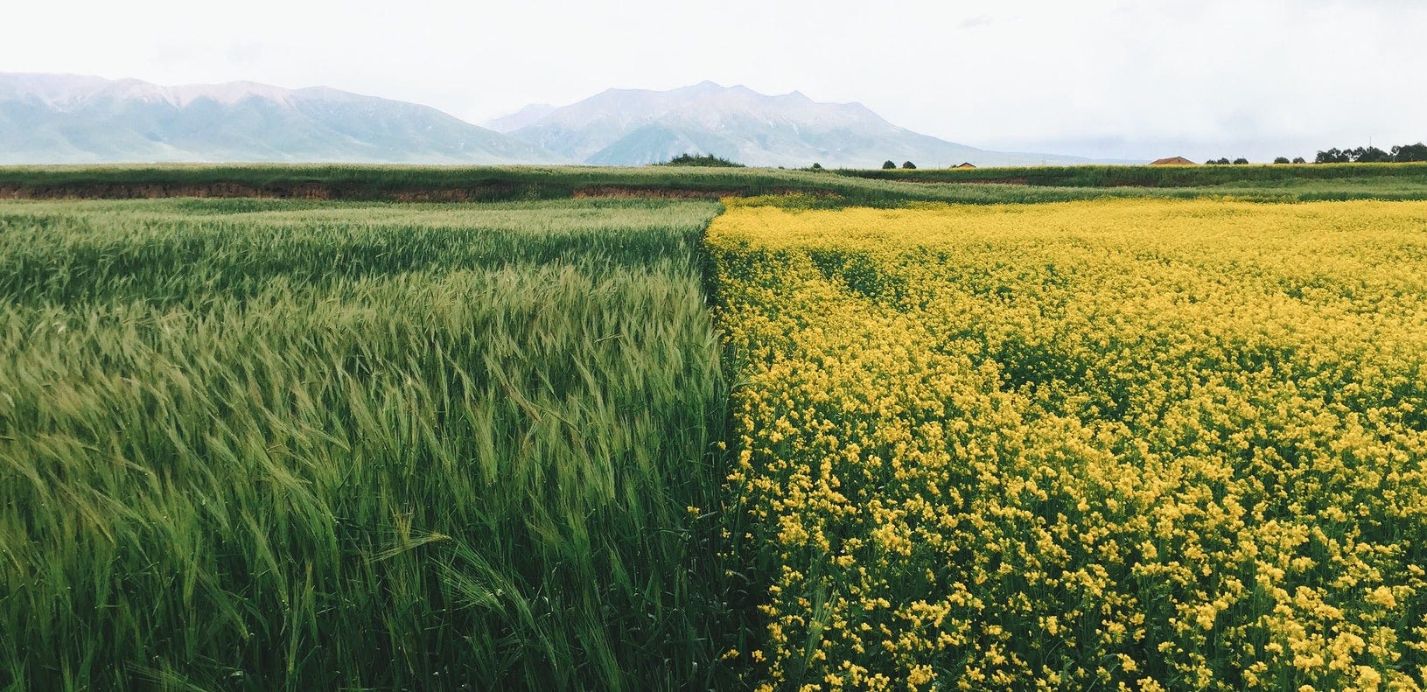
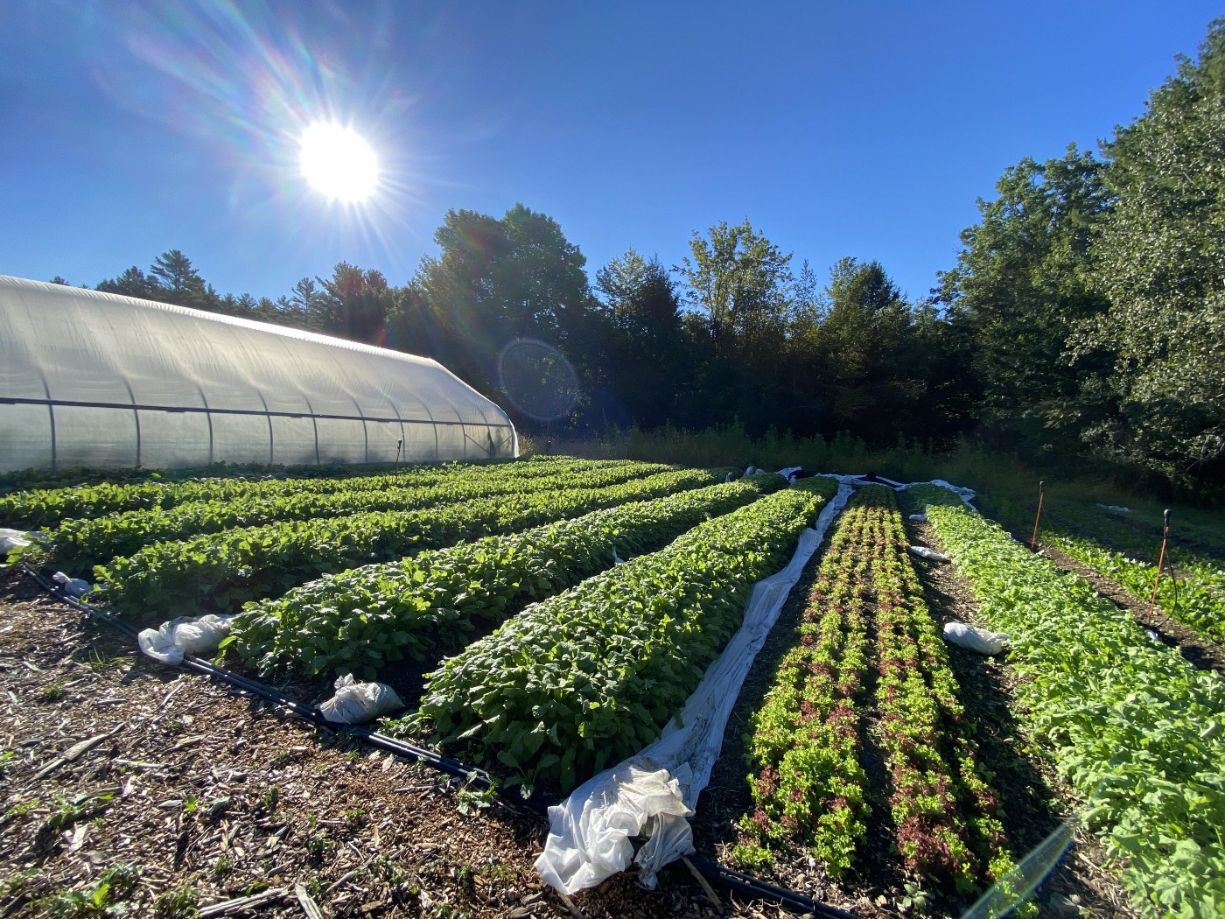

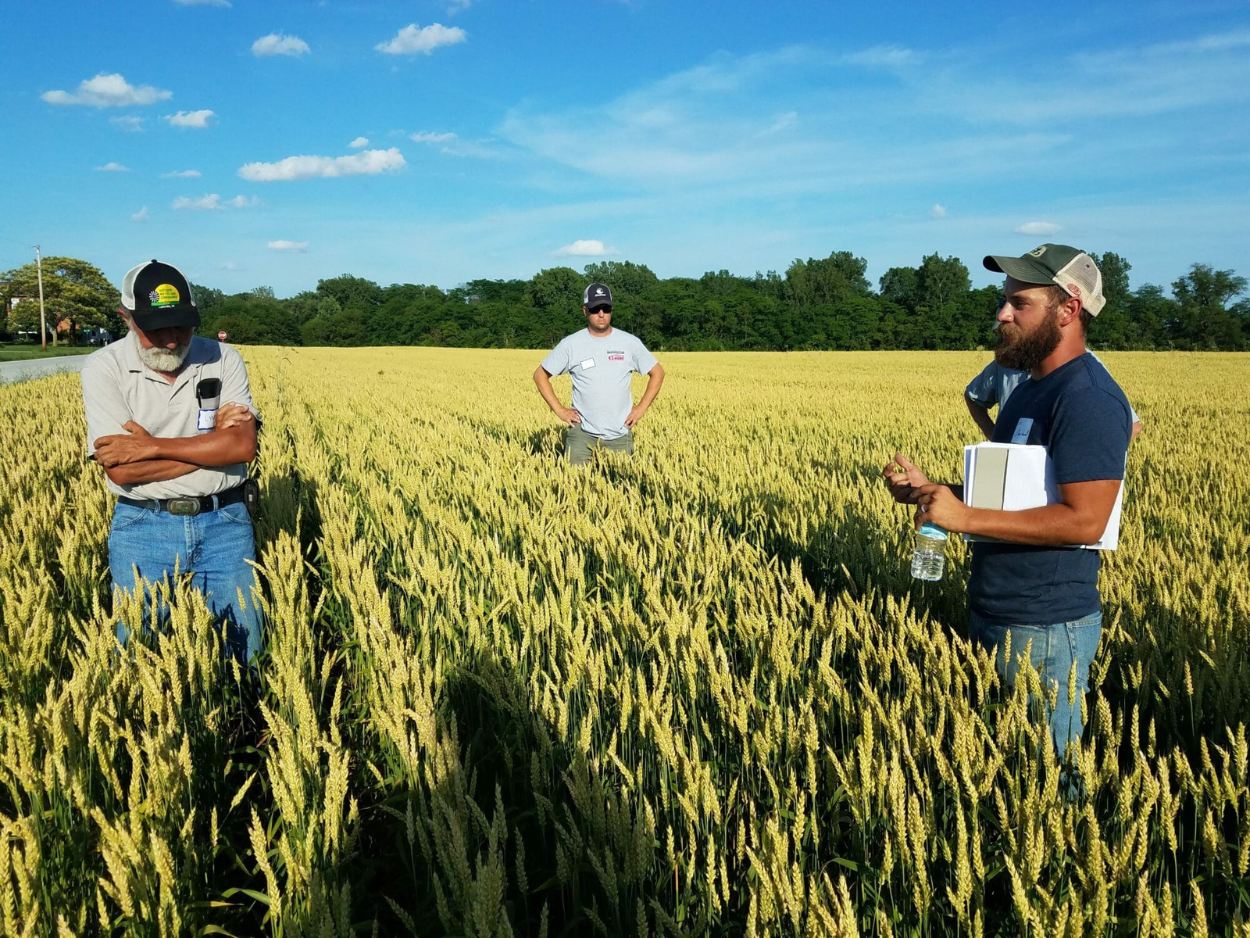
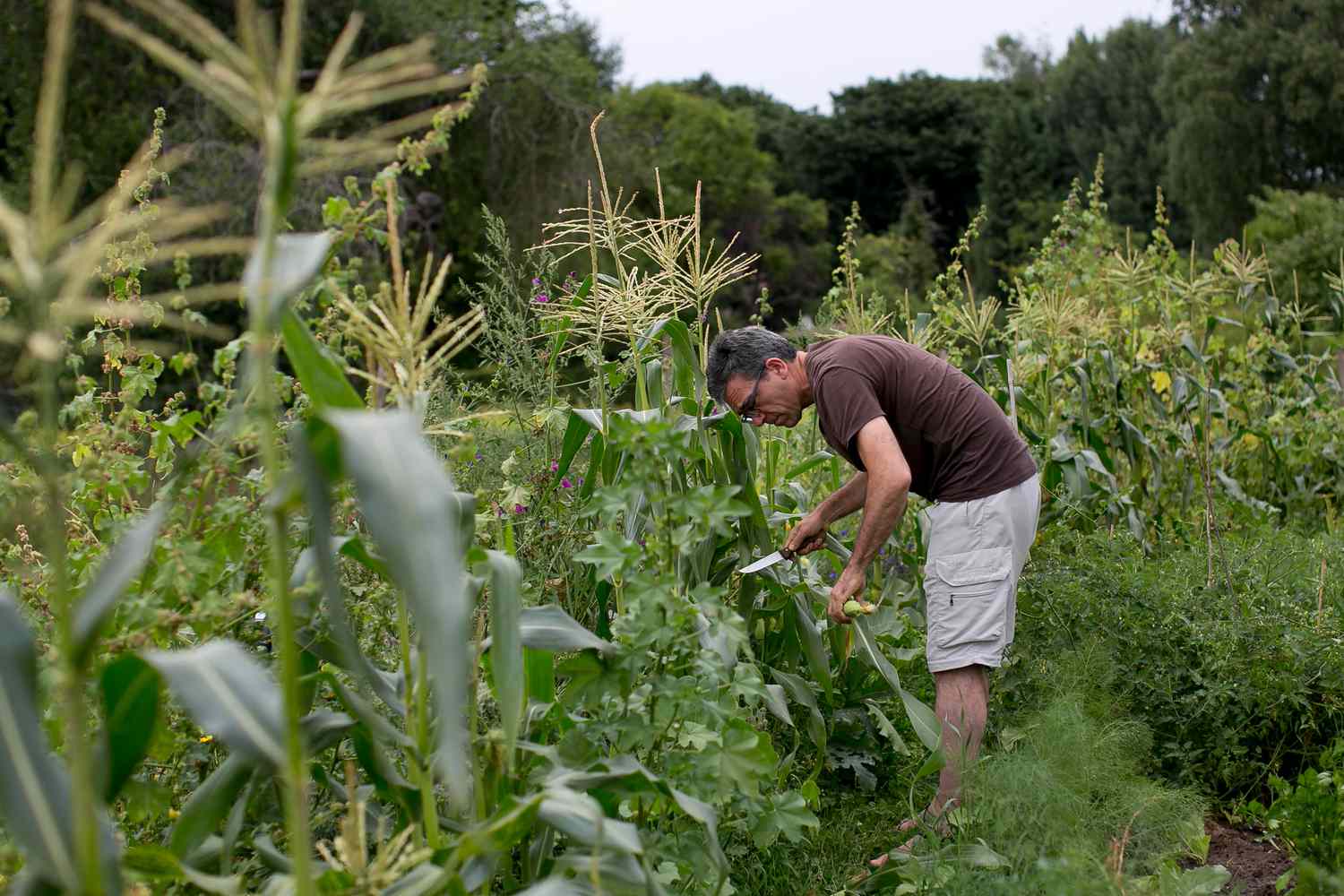
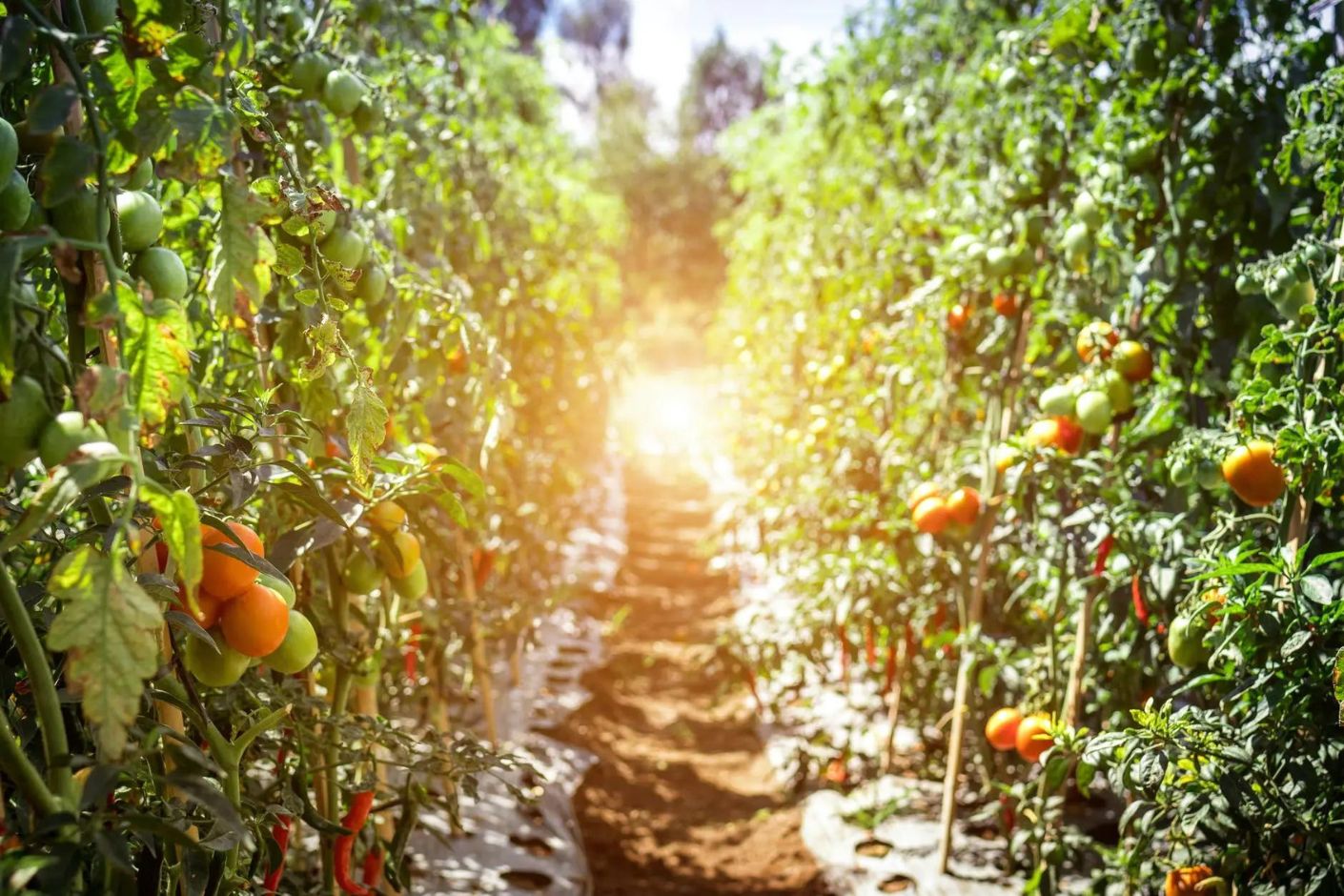




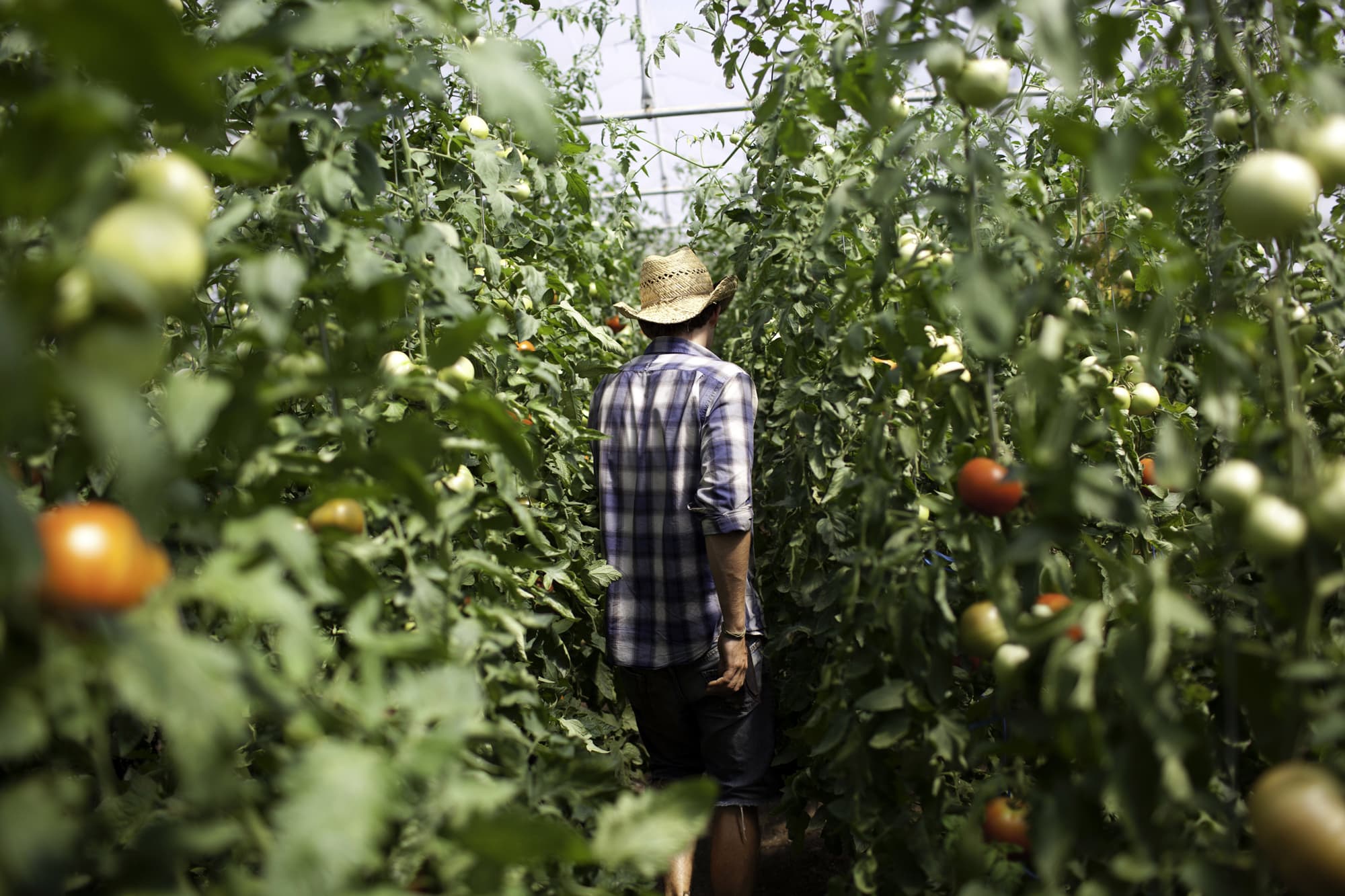

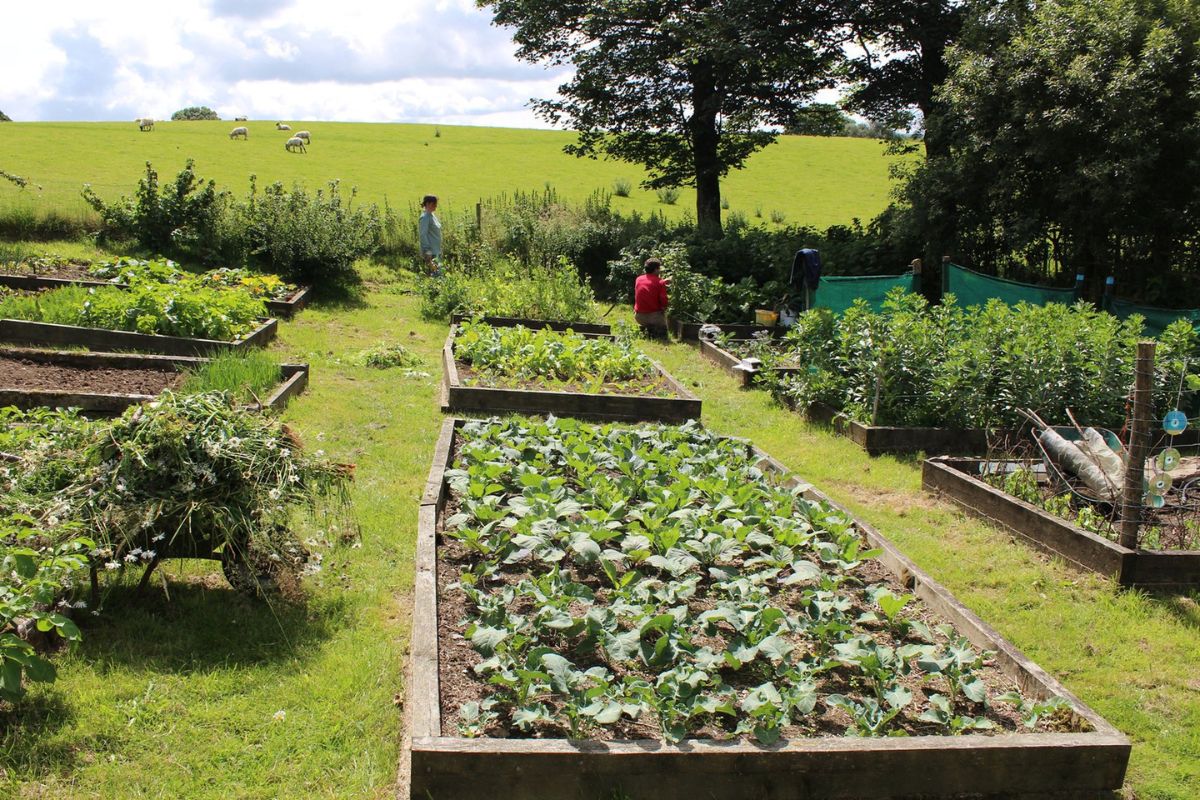

0 thoughts on “What Is Crop Rotation, And How Was It Important To The Cotton Farmers?”